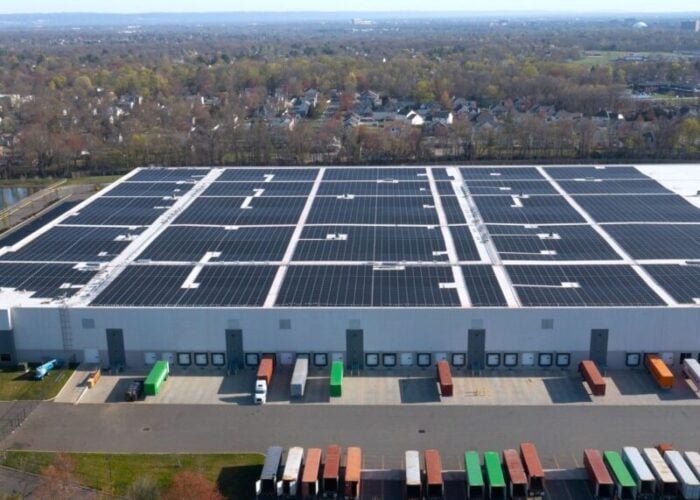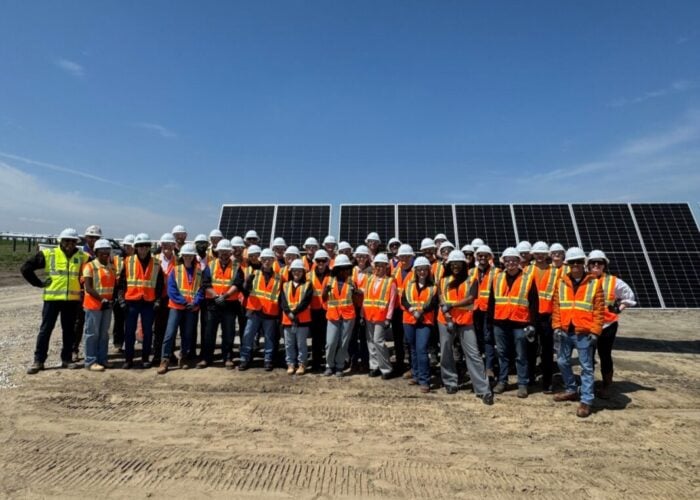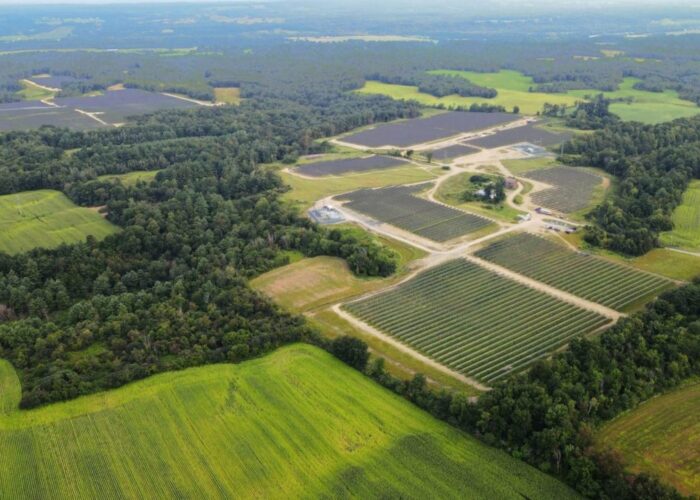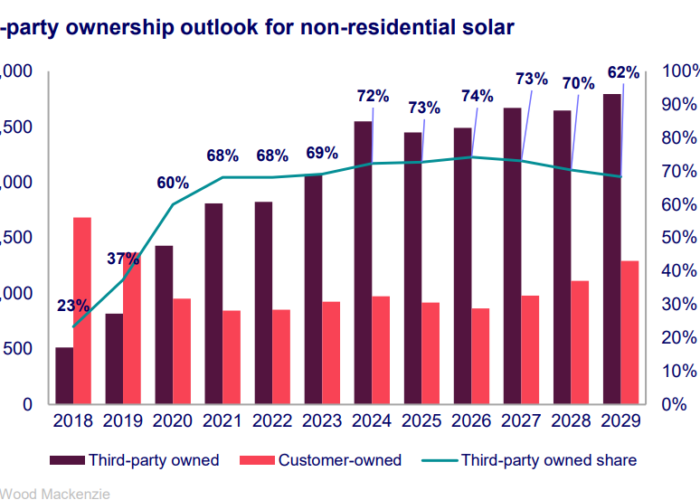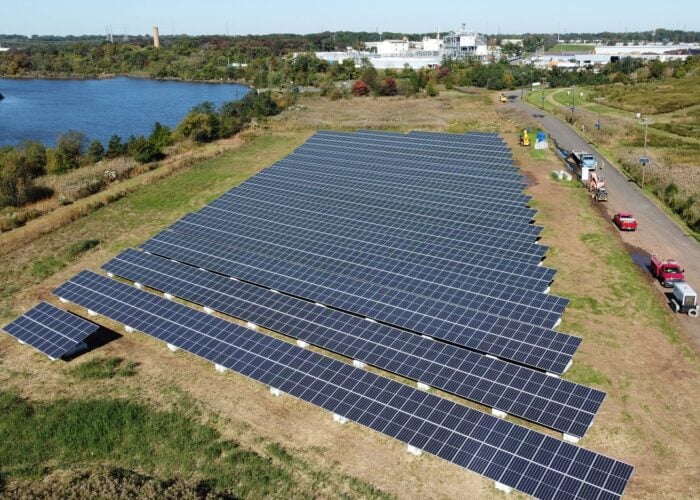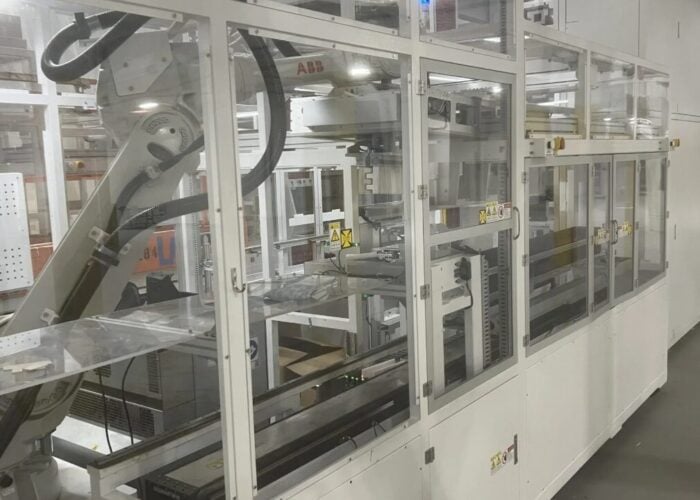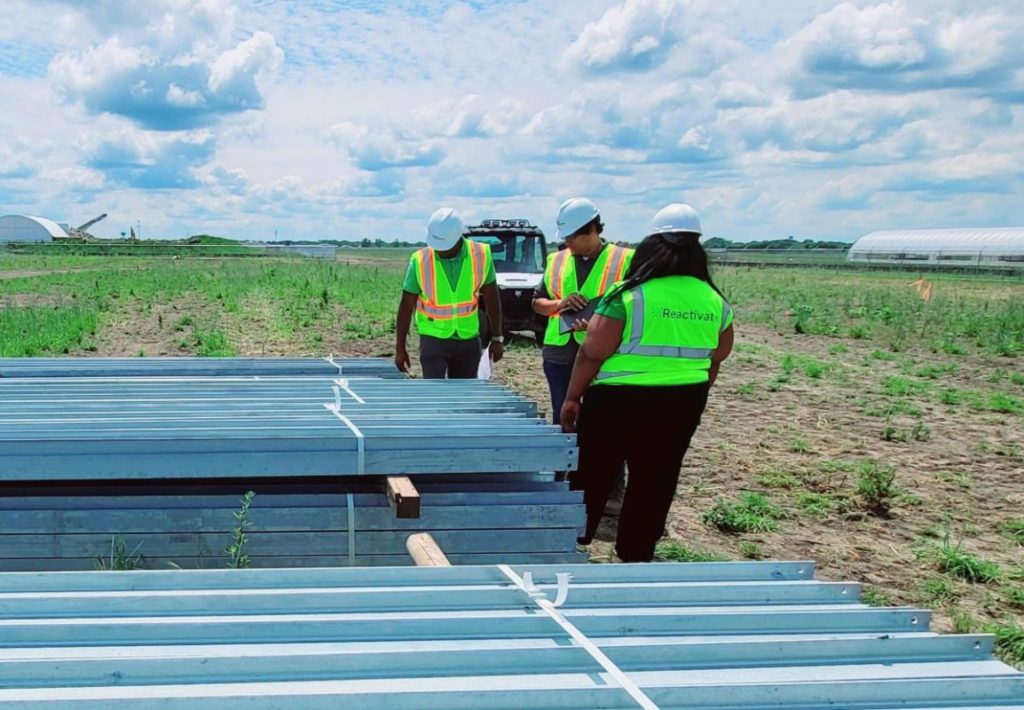
Community solar developer Reactivate has partnered with US retailer Walmart and US Bancorp Impact Finance, a subsidiary of financing entity US Bank, to develop solar projects in Illinois and New York, US.
The partnership between the three companies aims to build a portfolio of seven community solar projects which will mostly benefit low-to-moderate income (LMI) households in the two states aforementioned.
Unlock unlimited access for 12 whole months of distinctive global analysis
Photovoltaics International is now included.
- Regular insight and analysis of the industry’s biggest developments
- In-depth interviews with the industry’s leading figures
- Unlimited digital access to the PV Tech Power journal catalogue
- Unlimited digital access to the Photovoltaics International journal catalogue
- Access to more than 1,000 technical papers
- Discounts on Solar Media’s portfolio of events, in-person and virtual
These projects will have a combined capacity of 14.4MW, with six of them developed in Illinois, and the remaining one in New York.
A tax equity transaction was recently closed on the new portfolio, according to Reactivate, a joint venture created by solar developer Invenergy and US-based investment platform Lafayette Square.
New York is the leading state in the community solar market, with more than 2GW of capacity deployed and more recently the state governor, Kathy Hochul, proposed an initiative to boost access to community solar, along with other measures for solar PV, such as speeding up permitting process for distributed renewable energy.
Moreover, the partnership will help increase Walmart’s portfolio as it targets at least 2GW of community solar projects operational by the end of 2030.
The growth of the community solar segment is set to accelerate further this year, helped by the Inflation Reduction Act and with more states passing legislation, while Wood Mackenzie and the Coalition for Community Solar Access expect this market to reach 14GW of installed capacity by 2028, more than doubling the installed capacity at the end of 2023.

